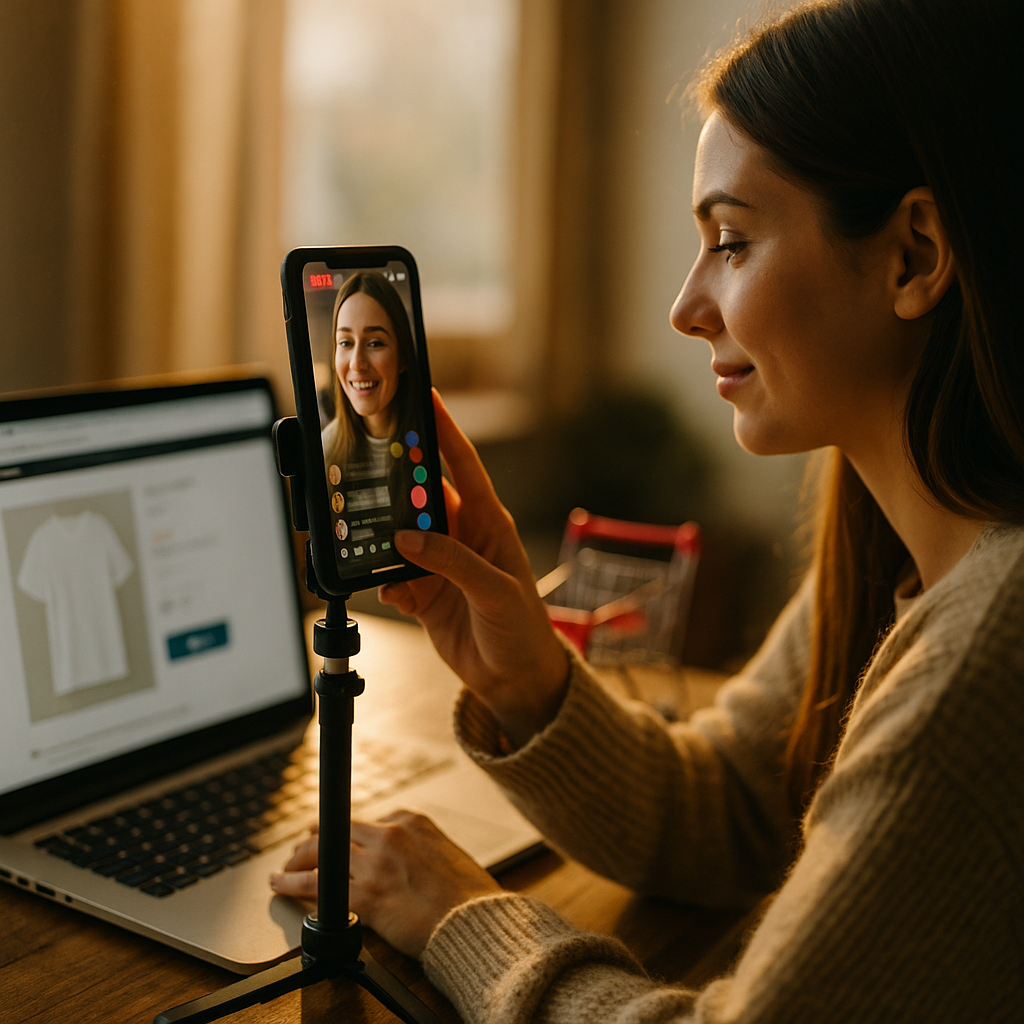The psychology of parasocial relationships—one-sided bonds viewers form with media personalities—shapes how audiences engage with brands, content, and purchasing decisions. As these emotional connections deepen, marketers leverage them to drive conversions and foster loyalty. But what mechanisms fuel these relationships, and what ethical challenges do they present? Let’s explore the psychology and its impact on conversions in 2025.
Understanding Parasocial Relationships in Digital Culture
A parasocial relationship is a one-way emotional bond where a person develops a sense of friendship or intimacy with a media figure—such as a YouTuber, Instagram influencer, or podcast host—despite no real interaction. In today’s digital-first landscape, these relationships have become a defining feature of online culture. According to a 2024 Pew Research report, 64% of Gen Z consumers say they feel emotionally connected to at least one online creator.
Unlike traditional celebrity admiration, digital parasocial bonds grow because of constant, “authentic” content: behind-the-scenes videos, candid livestreams, and daily updates. Audiences perceive a genuine connection, often seeing creators as friends or trusted advisors. This emotional attachment primes individuals for deeper engagement and, crucially, greater receptivity to creator-driven marketing.
The Emotional Triggers Behind Parasocial Engagement
Parasocial dynamics tap into several fundamental psychological triggers. Perceived intimacy emerges when creators share personal anecdotes or display vulnerability, closing the gap between public persona and private self. Consistency—regular posting schedules and interactive content—reinforces the sense of ongoing relationship.
- Reciprocity Illusion: Even without direct communication, audience members experience a sense of give-and-take, especially when creators reply to comments or acknowledge fans by name.
- Social Proof: Community engagement, such as comment threads and group chats, amplifies feelings of belonging and validation.
- FOMO and Exclusivity: “Members only” content and time-limited offers leverage Fear Of Missing Out, making audiences feel privileged and boosting emotional investment.
These triggers transform casual viewers into loyal followers, laying the groundwork for trust—and, in turn, heightened responsiveness to conversion calls.
How Parasocial Relationships Influence Conversion Rates
Marketers now recognize that parasocial engagement is one of the most effective catalysts for conversion. A 2024 HubSpot study observed that campaigns driven by influencers with strong parasocial bonds saw a 38% higher conversion rate than those using traditional endorsements. The reasons are clear:
- Trust and Authenticity: Audiences believe creators genuinely use and endorse products, rather than acting as paid spokespeople.
- Emotional Persuasion: Purchase recommendations from “trusted friends” prompt impulse buys and longer-term loyalty.
- Low Friction: Embedded links and discount codes offered by creators offer seamless pathways from recommendation to purchase.
For brands, understanding this mechanism allows for precise targeting. Products that align authentically with a creator’s image and values tend to outperform generic ads by a significant margin.
Building Ethical Parasocial Relationships for Responsible Marketing
While powerful, parasocial marketing raises ethical questions. Audiences—particularly younger users—often struggle to distinguish between content and advertising. Responsible creators and brands must therefore prioritize transparency and audience welfare.
- Clear Disclosure: FTC guidelines now require explicit labeling of sponsored content. In 2025, platforms also flag affiliate links to protect consumers.
- Mental Health Awareness: Creators need to recognize their influence and avoid exploiting vulnerable fans, especially when marketing products related to wellness or lifestyle.
- Audience Education: Brands leading the way educate users on how parasocial relationships work, creating healthier media consumption habits.
Ethical stewardship isn’t just a legal or moral duty—it’s good business. Audiences exposed to transparent, value-driven creators are more likely to form lasting, positive brand associations.
Optimizing Brand Strategy with Parasocial Psychology in 2025
As algorithms become smarter, brands can refine their approach using parasocial insights. Here’s how to embed parasocial psychology into conversion strategies:
- Target the Right Creators: Partner with influencers whose values authentically align with your brand. Micro-influencers with intimate audiences often drive more engaged conversions than macro-celebrities.
- Co-create Content: Develop campaigns that allow for genuine storytelling—unboxing videos, behind-the-scenes tours, and live Q&As foster intimacy.
- Leverage Community Features: Encourage two-way conversation via comments, polls, and subscriber groups to deepen the sense of belonging.
- Track Sentiment: Use social listening tools to measure emotional responses and adapt campaigns in real time. In 2025, AI-driven analytics provide nuanced audience insights beyond basic likes and shares.
- Prioritize Authenticity: Avoid heavy-handed, overly scripted integrations. The audience’s emotional radar is highly attuned—forced messaging erodes trust swiftly.
These tactics yield a brand presence that feels personal, trusted, and ultimately, conversion-optimized.
Conclusion: Harnessing Parasocial Power Responsibly
Parasocial relationships offer brands a potent lever to boost conversions in 2025, rooted in emotional trust and authentic connection. However, their power demands ethical, transparent use. By understanding the psychology behind these bonds, brands foster long-term loyalty, higher conversions, and healthier audience relationships. The future belongs to those who value both business performance and audience well-being.
Frequently Asked Questions about Parasocial Relationships and Conversion
-
What is a parasocial relationship?
A parasocial relationship is a one-sided bond where individuals feel emotionally connected to a public figure or media creator, even without direct interaction. This relationship is fueled by regular content and perceived intimacy.
-
How do parasocial relationships impact buying behavior?
These relationships build trust and authenticity, making audiences more likely to purchase products recommended by creators. Emotional bonds lower skepticism and prompt both impulse and considered purchases.
-
Are parasocial strategies ethical in marketing?
They can be, provided brands and creators are transparent about sponsored content, respect audience mental health, and avoid manipulative tactics. Responsible use builds trust and safeguards long-term brand reputation.
-
What type of brands benefit most from parasocial marketing?
Brands that align well with a creator’s values and audience, such as lifestyle, beauty, tech, and wellness companies, see the greatest benefit. Authenticity is crucial—mismatched partnerships rarely succeed.
-
How can consumers protect themselves from manipulation?
Consumers should seek clear disclosures, remain critical of “too good to be true” endorsements, and educate themselves on how parasocial influence operates. Following a diverse range of creators also helps maintain balanced perspectives.
